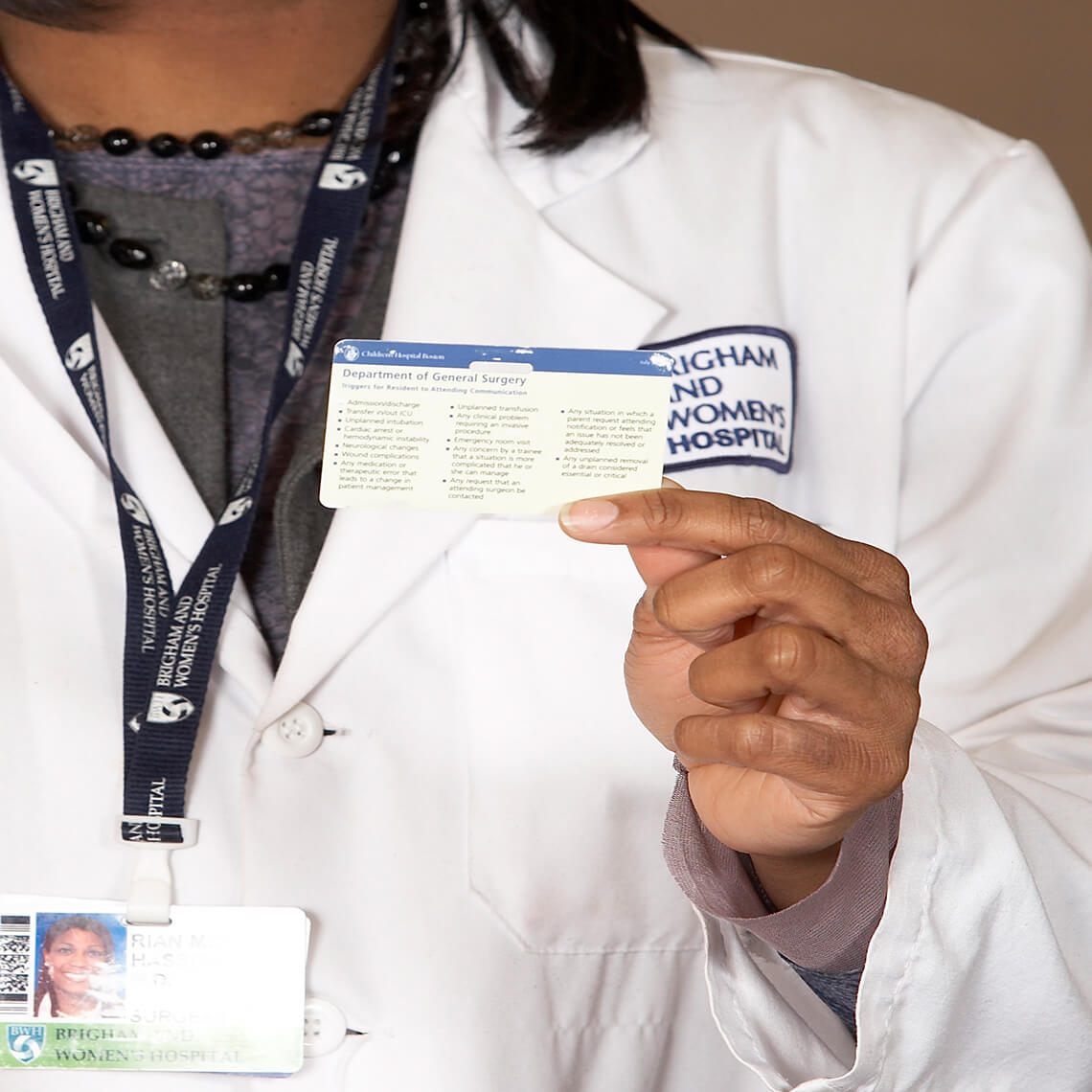Blog Post
Social Media 101 for Risk Managers
Led by organizational efforts by members of our Patient Safety and Communications departments, risk managers from within and beyond the Harvard medical community were invited to Longwood hall for a program focused on the use and impact of social media within health care. Approximately 60 individuals gathered to participate in this program, which was approached from three angles:
- Katy Schuler, Marketing Communications & Social Media Program Manager for CRICO delivered an overview of social media and illustrated the various ways in which CRICO uses Twitter, Facebook, LinkedIn, etc. to engage with physicians, thought leaders, and hospitals. One key message she conveyed was the importance of taking ownership of your own social media profile—especially for physicians. If you don’t personally engage with social media in some way, you run the risk of public review sites, such as Yelp, RateMD, and other potentially useless—or even harmful information controlling your online reputation. To ensure you control your own online reputation, it is essential to have at least a minimal presence established on social media.
- Diane Arnold, MSN, RN, and Lily Albin from Boston Children’s Hospital delivered a presentation of the ways in which they have found social media—especially Facebook—to provide a dynamic, interactive forum of engagement for their patients and families. They communicate directly with their physicians and other caregivers, post photos of children returned to improved health, and offer words of support to one other. Although there is an occasional negative post, careful monitoring leads to quick identification, and delivery of a swift, personal, and professional response.
- Finally, James Wilkinson, Esq. of Murray, Kelly, & Bertrand, P.C., offered cautions related to the legal risks he has seen resulting from inappropriate or thoughtless social media use within health care, as well as examples of how social media is being used in the court room by plaintiff and defendant counsel. He also delivered some useful guidelines for clinicians to follow in order to avoid negative implications or potential claims of malpractice.
Based upon the level of questions from our audience, it appears this was a timely and well-appreciated topic.
Related Blog Posts
Investing in Patient Safety
Blog Post
An article in today’s New York Times suggests that malpractice reform may be best served by an investment in patient safety. At CRICO, we have been following just this model for decades by offering grant awards to stimulate research and patient safety interventions intended to improve the quality and safety of patient care.


Mind the Gaps: Learning How to Avoid Miscommunication Pitfalls
Blog Post
Stories of patient harm resulting from a gap in communication were the inspiration for the 10th Annual CRICO Patient Safety Symposium, held at the Revere Hotel in Boston.

The Art & Science of Provider-to-Patient Communication
Blog Post
A recent book entitled, “If I Understood You, Would I Have This Look on My Face?” by actor Alan Alda (a.k.a. Hawkeye Pierce, MD) describes how essential it is for physicians to communicate clearly and compassionately with their patients.

CRICO Law Day: Celebrating 35 years of Protecting Providers
Blog Post
CRICO and its panel counsel convene annually at Law Day to look back at lessons learned and educate each other on advancements in our Harvard Medical community. This tradition ensures that we continue to nourish this invaluable partnership that protects the CRICO insured population.
